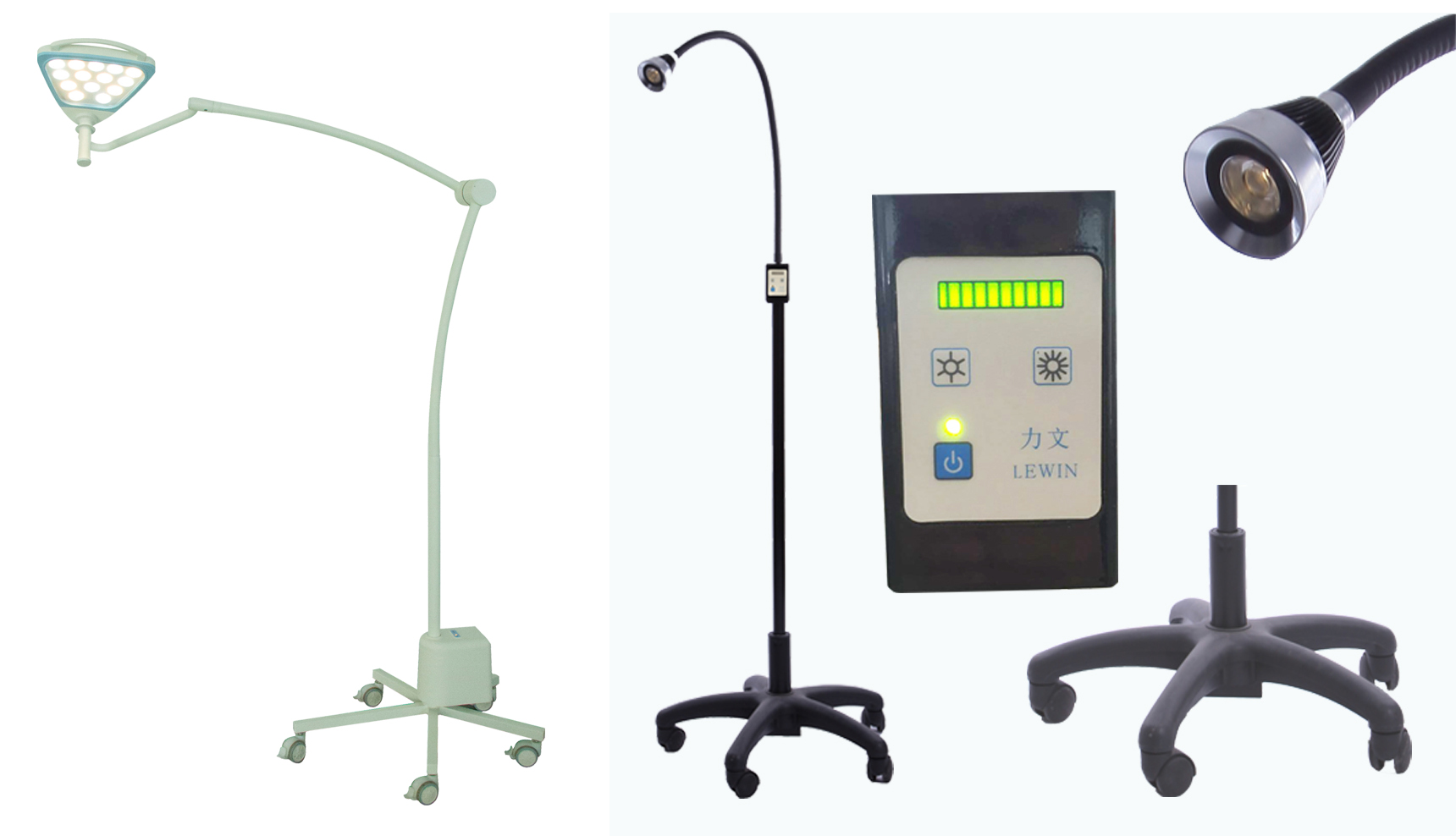Balanced fertilization is a key practice in rice cultivation, aimed at maximizing yield while maintaining soil health. The core principle is to match fertilizer application with the specific needs of the soil and crop, following the guidelines of "soil-based production," "nitrogen-based yield," "deficiency correction," and the integration of organic and inorganic sources for a balanced N-P-K ratio. This approach ensures that nutrients are applied efficiently, reducing waste and environmental impact.
The first step in this process is soil testing. Accurate soil analysis helps determine nutrient levels, allowing farmers to make informed decisions about fertilizer use. Recent studies show that after the second nationwide soil survey in the 1980s, there has been an increase in alkali-hydrolyzable nitrogen and available phosphorus, but a decline in available potassium. This means that while nitrogen and phosphorus supply have improved, potassium deficiency has become more severe, requiring careful management.
Next comes formulation—determining the right mix of nutrients based on soil type, climate, farming practices, and target yield. For rice, the typical nutrient requirement is around 2.0–2.4 kg of nitrogen, 0.9–1.4 kg of P₂O₅, and 2.5–3.8 kg of K₂O per 100 kg of grain, with an ideal N-P-K ratio of approximately 1:0.5:1.3.
Selecting the appropriate fertilizer is also crucial. Farmers should choose high-quality single or compound fertilizers, including organic-inorganic blends, to meet the crop’s needs. Finally, implementing the correct fertilization model tailored to soil type and crop requirements ensures optimal nutrient uptake and long-term soil fertility.
In terms of operational procedures, for rice fields yielding 400–500 kg per mu, a balanced fertilization strategy involves several steps. Organic fertilizer should be applied at a rate of at least 2,000 kg per acre annually, making up about 50% of total inputs. Early rice benefits from 1,500–2,500 kg of green manure or 1,000–1,500 kg of farmyard manure per hectare, while late rice requires 200–250 kg of dry straw or similar amounts of manure.
The NPK ratio should be adjusted accordingly, typically 1:0.4:1.3 for a yield of 400–500 kg per mu. Fertilizer selection includes urea, ammonium bicarbonate, calcium magnesium phosphate, superphosphate, and potassium sulfate or chloride, depending on availability and need.
Application timing is equally important. Base fertilizer includes organic matter and phosphate, applied before plowing. Top dressing is split into two stages: the first after transplanting (7 days), and the second 15 days later. A final panicle fertilizer may be applied if leaf color indicates a deficiency. Foliar sprays of potassium dihydrogen phosphate can also enhance grain quality during critical growth stages.
Lewin Medical standing flexible arm led examination lamp. mainly used in a variety of clinic, it`s move portable, flexible and unlimited space, especially to meet the hospital emergency, obstetrics, pediatrics and other departments to use, the lamp is equipped with flexible rotation medical casters and brake device configuration, can be conveniently placed at any position. Examination Lamp constant power control,:security, accuracy and maintain accurate color temperature. Continuously adjusting brightness wihile the color temp remains same.

Examination Light,Mobile Examination Lamp,Examination Lamp,Floor Type Examination Lamp
Shandong Lewin Medical Equipment Co., Ltd. , https://www.lewinmed.com